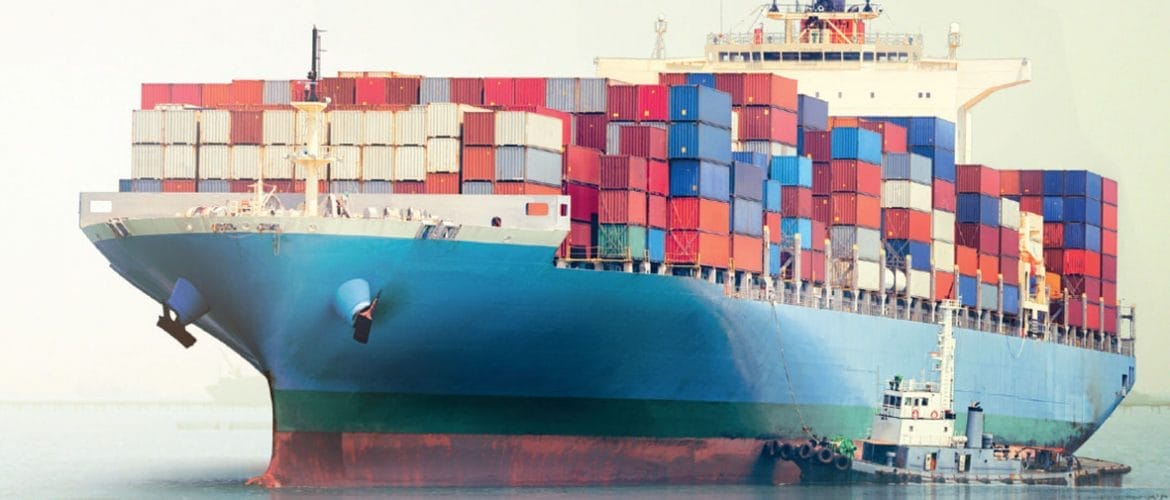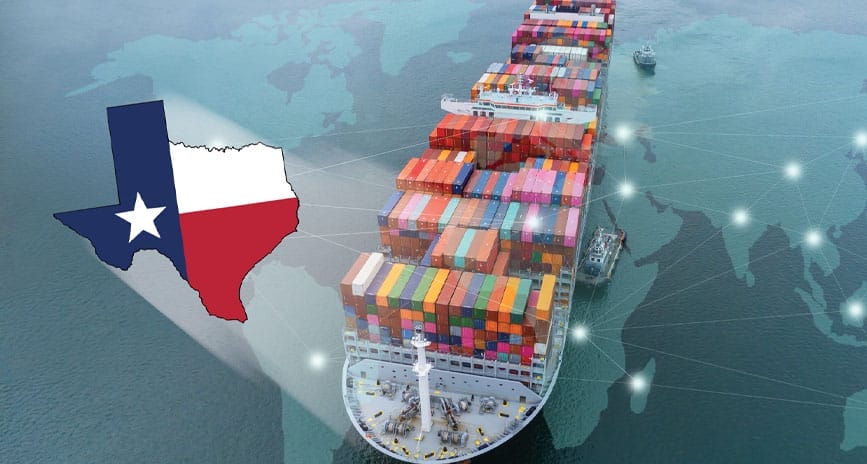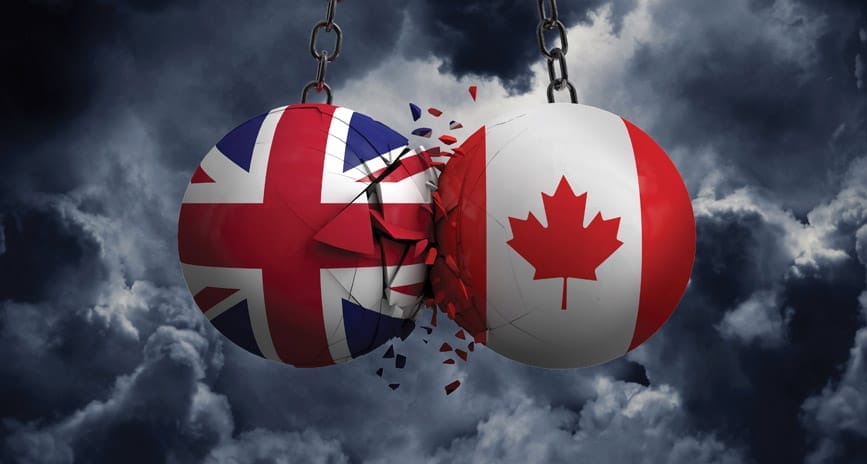 If you are listening to the news headlines you would probably believe that all there is are troubles everywhere round the world. Ukraine, Russia, China, Taiwan, France, Dover, gas prices, wheat, inflation, battles over the direction of the country, Northern Ireland, Brexit. Heading for recession here, USA, EU, China slowing down, the euro hitting parity with the dollar. Some companies are onshoring production, interest rates are rising. This all raises major questions about international trading and UK exports in particular.
If you are listening to the news headlines you would probably believe that all there is are troubles everywhere round the world. Ukraine, Russia, China, Taiwan, France, Dover, gas prices, wheat, inflation, battles over the direction of the country, Northern Ireland, Brexit. Heading for recession here, USA, EU, China slowing down, the euro hitting parity with the dollar. Some companies are onshoring production, interest rates are rising. This all raises major questions about international trading and UK exports in particular.
What does it mean for ordinary business people?
Do you retrench? Expand? So, first things first. Many people make profits and grow their businesses during recessions. How? By understanding what is going on and carefully managing risk. It could be that you need to make adjustments to your business, but you should be doing that anyway. And it certainly means that you should be considering new markets for your products and services. What makes them special, what does your business do better than others? What markets do you sell into? What are the characteristics of those markets? Where are there similar markets?
It sounds glib to say, but there are markets all over the world crying out for UK exports – British products and services. The UK is the second biggest exporter of services in the world, after the USA and 9th biggest manufacturer. Exports to the EU have been hitting record levels, and whilst energy products have made a major contribution, trade is still going on. The UK has been putting in place trade deals around the world. Whilst many are rollover deals from the EU versions, there are several that are taking us much further than previously, especially in the area of services. There are also 20+ agreements with individual states in the USA and of course there is the prospect of the Comprehensive and Progressive Agreement for Trans-Pacific Partnership (CPTPP) which will significantly add to our list of trade agreement opportunities.
However, and I cannot emphasise this enough, for many businesses and industries there do not have to be trade deals in order to trade with countries, and to trade in markets within those countries.
To give the simplest of examples: The USA is by far the UK’s largest export market and there is no free trade agreement between the United Kingdom and the United States of America. There is perhaps a greater tie; they are both parts of the Anglosphere. That also applies to the Commonwealth, a group of 56 nations that share many common features. There are already free trade agreements with two of the largest economies in the Commonwealth, Australia and Canada, which are both also part of the CPTTP. So a pattern starts to emerge, friendly countries with many commonalities that provide a basis for ready trading partners. But the opportunities go way beyond the Commonwealth, the Anglosphere and the EU. The Gulf has been a great market for years; trade with the 7 countries of North Africa has been increasing with Morocco becoming a far more significant supplier of food since we left the strictures of the EU.
I wrote recently about the opportunities that Africa presents for UK exports. With all that said, sales are not made to countries, they are made to customers who are in markets within those countries. So the starting point on the export trail is to find those markets and customers with similarities to your existing marketplace, and then start exporting. After all exporting is just selling. So the real starting point is to come up with a plan and put it into action; as John and Paul said: let it be.

Tony Goodman MBE is a successful exporter and has been doing so through a variety of different businesses. He is currently Marketing Advisor at Forest and Co who specialise in offering guidance on branding, exporting and sales: www.forestandco.com





